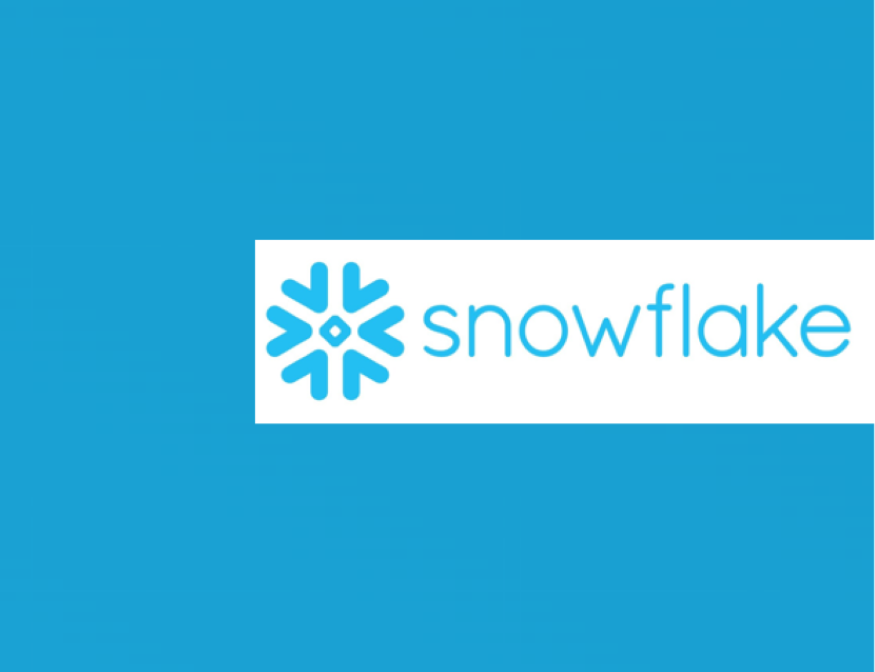Weather data from METEONOMIQS in the Snowflake Marketplace
17.10.2022
Many companies rely on the Snowflake Data Cloud as a unified data platform to share, connect and analyze their data across business units. Many of these companies need weather data in their analytical pipelines to answer essential questions. For example: What was the weather’s contribution to sales? Was the increased or decreased demand for my product last month actually due to the weather or competition, or was it due to buying restraint after all? When should I replace the summer merchandise in my store with autumn items?
The Snowflake Marketplace offers an easy, fast and cost-effective way to link weather data with business data and gain new insights.
Understand the weather impact on your business
METEONOMIQS from wetter.com is part of the Snowflake Marketplace. There, enterprise customers can integrate our weather data into their own Snowflake Data Cloud via the Snowflake Marketplace and independently analyze the weather impact on their business – down to the smallest detail. Since hardly any data management is required, they save valuable time for other business-critial decisions.
On the Snowflake Marketplace, we offer our broad portfolio of available weather data: On the one hand historical weather data and on the other hand of course weather forecasts – each with a wide range of weather parameters from temperature, cloud cover, precipitation to dew point, precipitation probability or wind speed. We are also happy to provide our customers more specific data, such as UV radiation or pollen data.
To understand how weather impacts one’s business, our historical weather data and climate data are valuable. These have been available in the Snowflake Marketplace since 2018 and are delivered to Snowflake users on an hourly basis, as well as daily at the zip code level.
However, if customers want to know how the weather may impact their business decisions, they utilize our forecast data. This data is provided for the next 3 days on a zip code level and is also delivered on an hourly and daily basis.
Independently create analyses in Snowflake
The advantages of the Snowflake Marketplace are clear: with just a few clicks and without data management, the direct integration into your own Snowflake Data Cloud takes place and the most diverse analyses and workloads can begin immediately.
Weather data offers many valuable use cases. For example, past company actions can be analyzed on the basis of the weather and success potentials can be identified at an early stage. Likewise, customers can promote revenue-generating effects that give them a clear view on their figures and turn vague gut feelings into hard facts. Finally, weather effects can be used profitably by using weather-based planning and forecasting models to efficiently plan inventories or personnel.
Have a look at the Snowflake Marketplace and convince yourself of our highly accurate weather data. As a Snowflake customer, you are also welcome to test our weather data in a sample here for free.
Feel free to contact us at any time with questions or suggestions at info@meteonomiqs.com.


